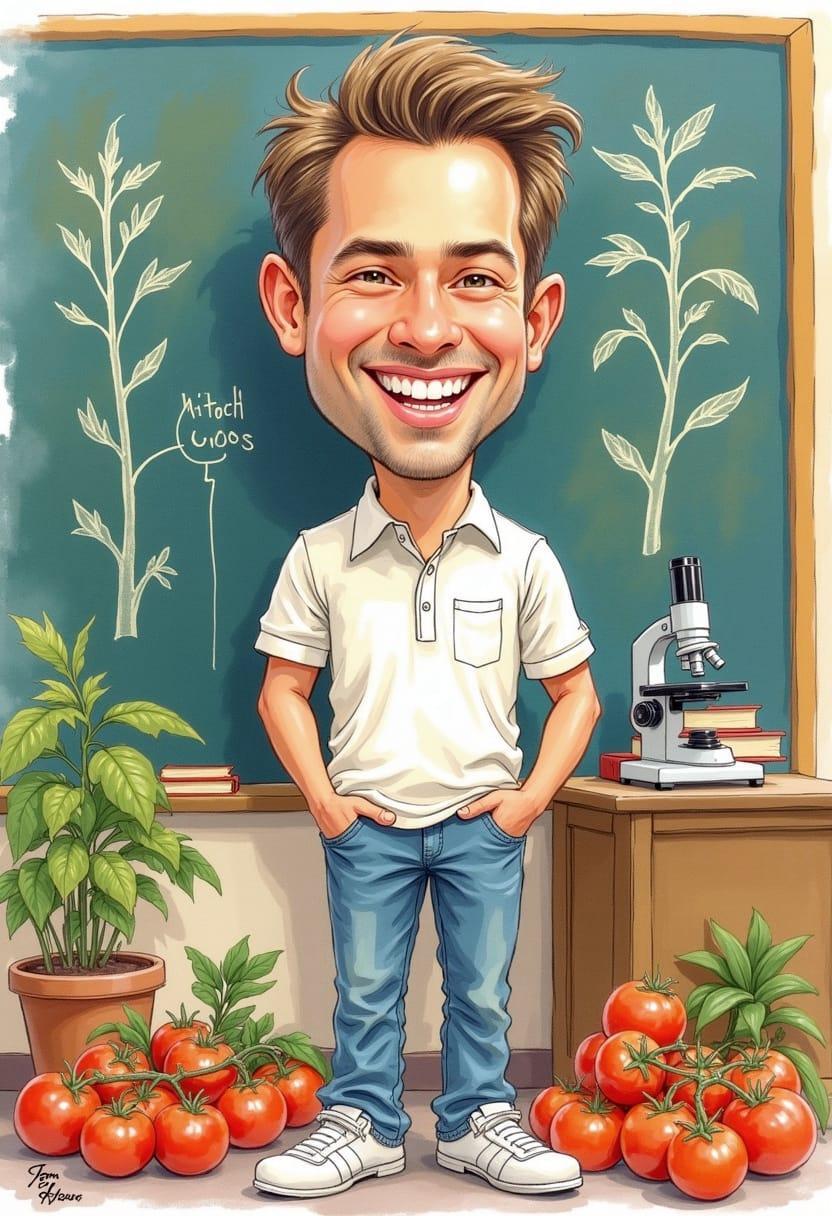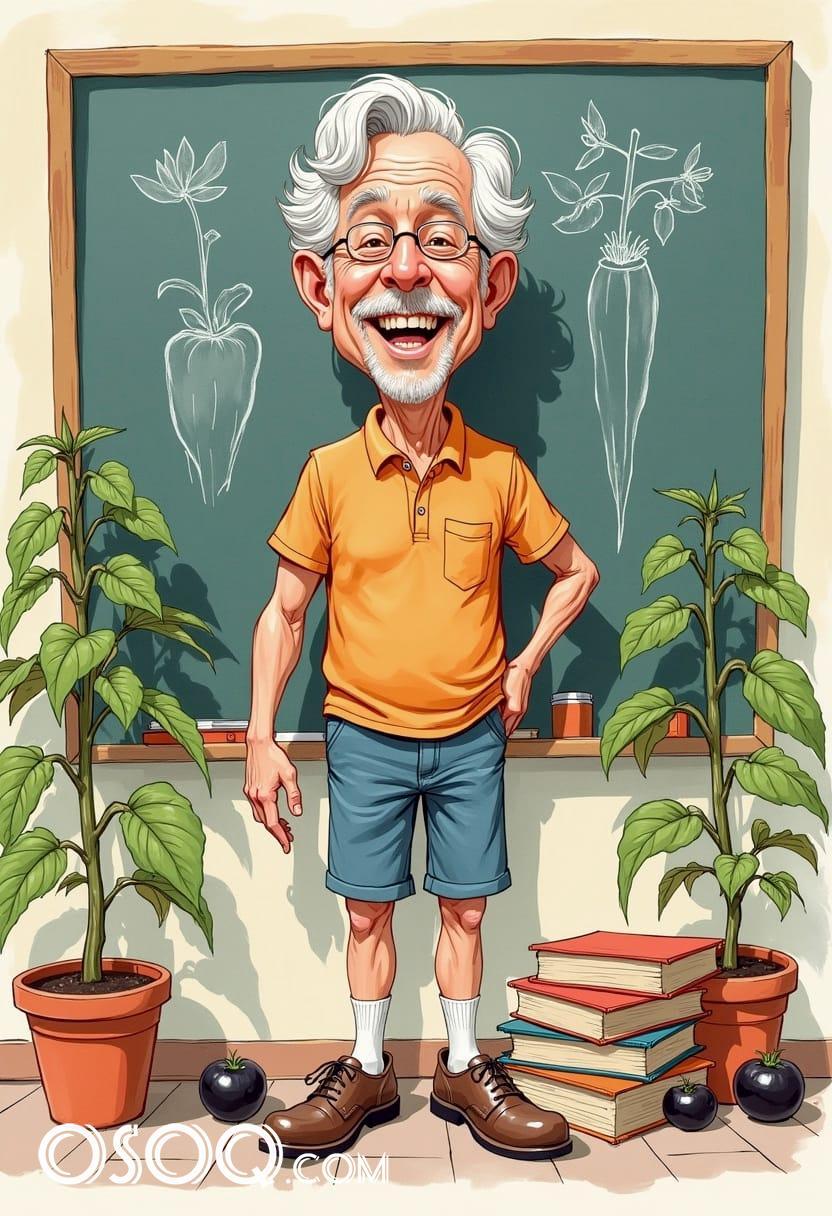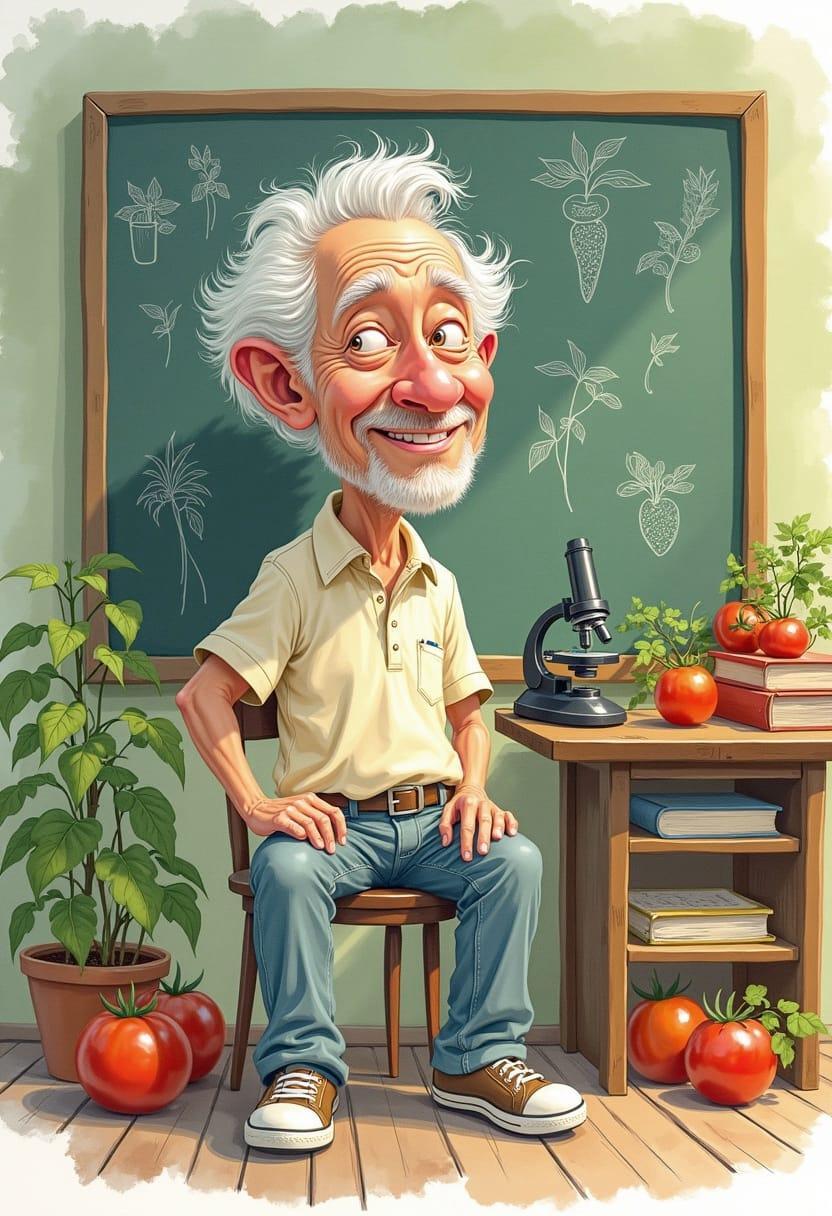Pictures of young tomato plants
- Caricature /
- Tomato picture /
- Pictures of young tomato plants

Ever noticed how young tomato plants always seem to lean toward the sun? That’s phototropism in action—plants stretching to soak up every ray. A tomato seedling’s first true leaves look completely different from its baby seed leaves—it's like watching it go from baby onesies to toddler jeans. In some pictures of young tomato plants, you’ll see tiny hairs on the stems—those aren’t fuzz; they’re called trichomes and help protect the plant from bugs and sunburn.

Young tomato plants are like picky toddlers—they love warm soil and sulk if it's below 60°F (15°C). If you look at pictures of young tomato plants in pots, you might spot purple leaves—that often means they’re chilly or lacking phosphorus. Tomato seedlings are light lovers—they need 12–16 hours of bright light daily, or they’ll grow tall and floppy like a sleep-deprived college student.

Tomato seedlings do something smart: they grow roots along buried stems, which means you can plant them deep for stronger support. In early stages, tomato plants “talk” chemically through their roots to warn others about drought or bugs—it's like plant gossip underground. The first few sets of leaves are a huge deal—they tell you how strong or stressed the plant is before it even flowers.

Seedlings grown too close together often get leggy and weak, like kids in a cramped classroom—give them space to breathe. If you’ve ever seen pictures of young tomato plants with yellow lower leaves, that could mean they’re overwatered—roots hate being soggy. Some heirloom tomatoes have purple stems as seedlings—don’t worry, it’s not sick, it’s just showing off its unique genes.

Tomatoes belong to the nightshade family—so their baby plants are cousins to potatoes, eggplants, and even tobacco. Before true leaves form, the seed leaves (cotyledons) store food for the baby plant, like a built-in lunchbox. In pictures of young tomato plants, you might spot those leaves curling inward—often it’s just stress from temperature changes, not disease.

Tomato plants start growing roots within 5–10 days of sprouting if conditions are right—fast movers in the plant world. Tomato seedlings that get “tickled” by wind or fans grow stockier and stronger—plant strength training, basically. If your tomato baby grows sideways and bends up, don’t panic—it’s just following the light like a plant detective.

Some gardeners take pictures of young tomato plants every week to track growth—think of it as a time-lapse baby album. “Leggy” seedlings with long stems and tiny leaves are crying out for more light—don’t ignore that plant SOS. Damping off disease can wipe out tomato seedlings fast—it’s caused by fungi that thrive in moist soil with poor airflow.

Tomato seedlings are surprisingly social—scientists found they grow better with tomato neighbors than with strangers. Peat pots can stunt root growth if not fully buried—make sure those roots aren’t trapped like shoes in a tight box. Pictures of young tomato plants with pale green leaves might signal a nitrogen shortage—give them a snack of compost tea.

Young tomatoes do best with bottom watering—wetting just the roots keeps leaves dry and reduces disease risks. Each tomato seed carries a genetic memory of its parent—if it came from a tasty tomato, odds are the offspring will be too. Sunlight is like a tomato seedling’s alarm clock—it wakes up and starts photosynthesis the moment it hits those leaves.

If your tomato seedlings tilt, rotate their tray every day—like spinning sunbathers, they follow light. The best time to transplant is when they have two or three sets of true leaves—not too baby, not too grown-up. Some gardeners swear talking to seedlings helps them grow—maybe they just enjoy the attention.

In pictures of young tomato plants, you’ll often see deep green leaves and sturdy stems—that’s the goal for healthy growth. Tomatoes actually prefer slightly acidic soil—even as babies, they like their pH just under 7. When a tomato seedling’s stem starts turning woody at the base, it’s gearing up for the big leagues: outdoor life.

Many tomato varieties look identical as seedlings—you won’t know a cherry from a beefsteak until later. Hardening off is crucial—gradually exposing seedlings to the outdoors helps them build resilience, like boot camp for plants. Leaf color changes are like plant mood rings—deep green means happy; yellow or purple means something’s off.

Some gardeners label each seedling with the planting date—tomato baby books, essentially. The soil you use for seedlings should be fluffy and fast-draining—imagine the perfect tomato mattress. If tomato seedlings don’t get enough calcium, they’ll grow up to have blossom-end rot—a frustrating but fixable issue.

Seedlings stretch faster in warm rooms, but cooler temps produce thicker, tougher stems—choose your trade-off. In pictures of young tomato plants raised indoors, LED lights are often the secret behind those vibrant greens. Tomato babies hate soggy feet—roots need oxygen too, or they suffocate and rot.

Some folks use cinnamon sprinkled on soil to prevent fungal diseases in tomato seedlings—it acts like a natural shield. You can tell a lot from the posture of a young plant—slumped means tired, upright means ready to thrive. Tomato seedlings don’t need fertilizer right away—their seed leaves take care of the first couple of weeks.

Transplant shock is real—even if they look fine, young tomato plants need a few days to adjust to new pots. If you’re growing indoors, set a timer—plants crave routine just like people do. In pictures of young tomato plants started under grow lights, you’ll often see them stocky and well-leafed.

Tomatoes are warm-weather crops—seedlings will sulk below 55°F (13°C), even under grow lights. You can grow tomatoes from slices of fruit, but the seedlings may not be true to type—like rolling genetic dice. Watching tomato seedlings sprout is oddly satisfying—it’s like watching green hope emerge from soil.

The smell of young tomato plants comes from their tiny hairs and oils—it’s a scent many gardeners love. If your seedling leaves look like they're dancing, it might be wind or fan movement helping them grow strong. Some heirloom tomatoes are so rare, gardeners save and trade their seedlings like prized collectibles.

Tomato seedlings are photogenic—pictures of young tomato plants often pop up on garden blogs and social media every spring. Many schools use tomato seedlings for classroom science projects—they’re easy to grow and teach life cycles well. If your seedlings are looking sad, check for rootbound pots—it’s like cramped toes in tight shoes.

Tomato seedlings aren’t just garden starters—they’re tiny green promises of summer harvests to come. You can grow tomatoes year-round indoors with the right setup—yes, even in a snowstorm. Pictures of young tomato plants aren’t just pretty—they’re a snapshot of early life, full of potential.
